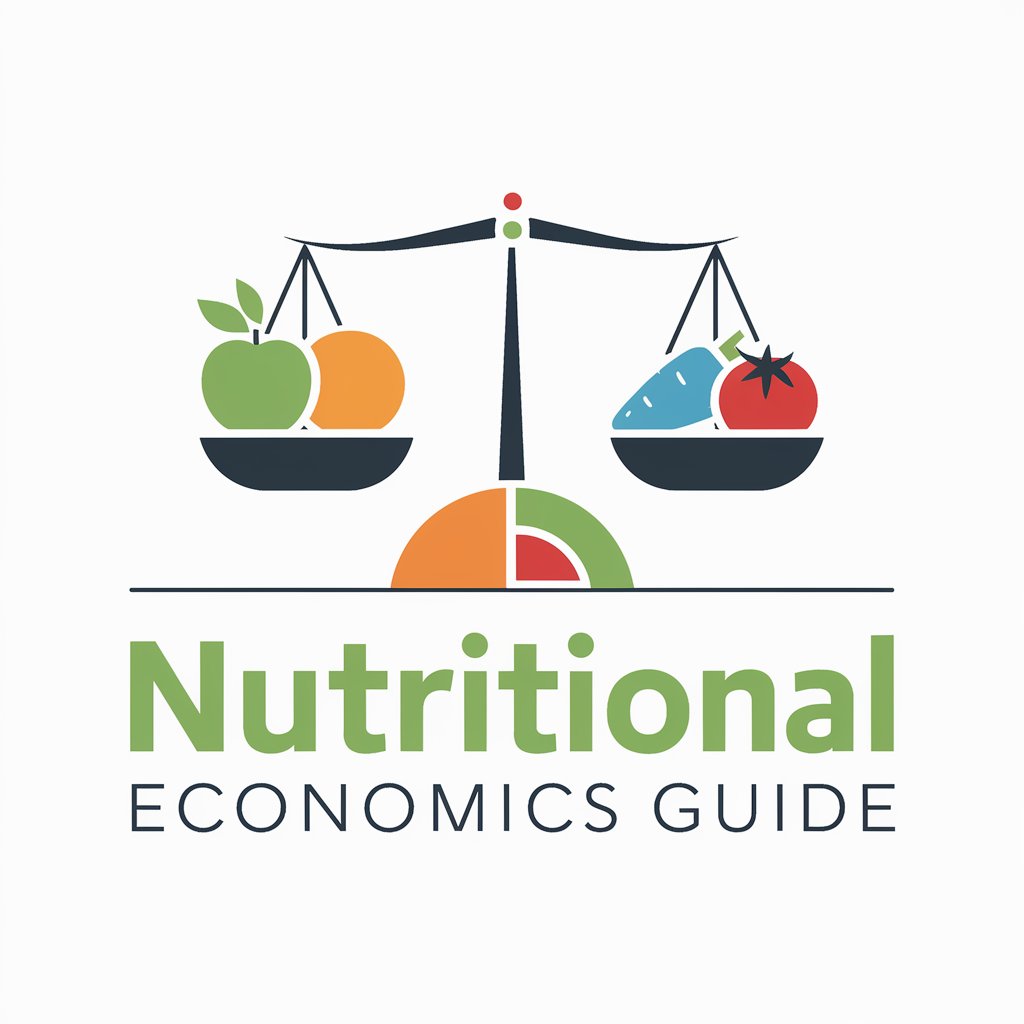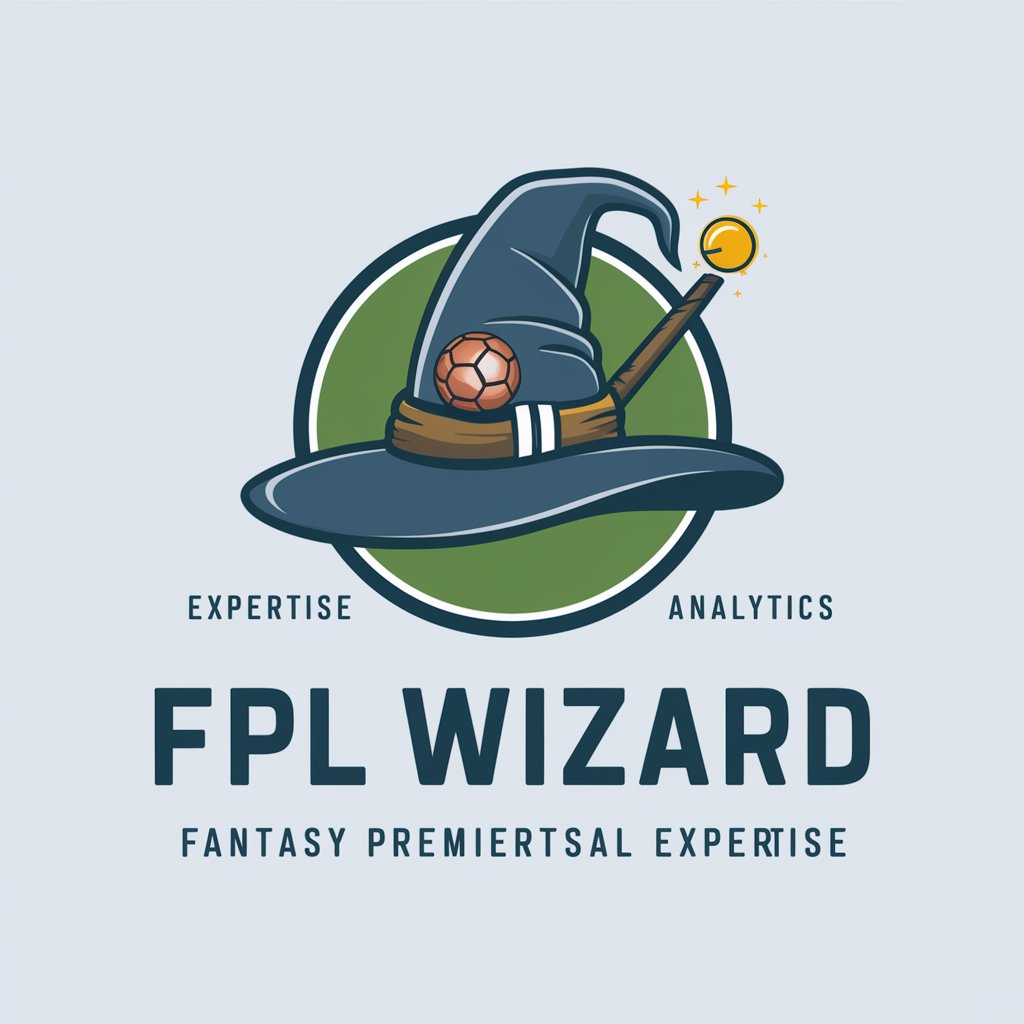Nutritional Economics Guide - Nutritional Cost Analysis

Welcome to your guide on nutritional economics!
Empowering Nutrition Decisions with AI
Explain the principles of the Cost of the Diet methodology.
How does the Cost of the Diet software estimate the lowest cost of meeting nutritional needs?
What parameters and assumptions are used in the Cost of the Diet calculations?
Describe the process of data collection for the Cost of the Diet assessment.
Get Embed Code
Introduction to Nutritional Economics Guide
Nutritional Economics Guide is a specialized tool designed to assist users in analyzing the cost of diet based on the methodology outlined in the 'Cost of the Diet' approach. It integrates nutritional requirements with economic analysis to estimate the lowest cost of meeting recommended intakes of energy and nutrients from local foods. The guide serves as an interactive platform for understanding how poverty affects dietary choices and nutritional intake. For example, it can analyze the impact of fluctuating food prices on the affordability of a nutritious diet in a specific region, illustrating the economic barriers to achieving nutritional goals. Powered by ChatGPT-4o。

Main Functions of Nutritional Economics Guide
Cost of Diet Analysis
Example
Estimating the minimum cost required to meet the dietary needs of a family based on local food prices.
Scenario
A nutritionist working in a community development program uses the tool to calculate the cost of a nutritionally adequate diet for different household sizes in a rural area, identifying affordable nutrient-rich foods.
Affordability Assessment
Example
Comparing the cost of a nutritious diet to household income levels to assess affordability.
Scenario
Policy makers evaluate the affordability of diets for low-income families in urban settings, aiming to design targeted social protection measures like subsidies or cash transfers.
Diet Optimization
Example
Identifying the least expensive combination of local foods that meets nutritional requirements.
Scenario
Dietitians planning a meal program for a school use the guide to optimize meal plans that are both cost-effective and nutritionally adequate, considering seasonal availability of foods.
Impact Analysis of Interventions
Example
Modeling the potential impact of agricultural or nutritional interventions on diet costs and quality.
Scenario
NGOs assess the effectiveness of a biofortified crop introduction in reducing the overall cost of diets while improving micronutrient intake among vulnerable populations.
Ideal Users of Nutritional Economics Guide Services
Nutritionists and Dietitians
Professionals who design nutrition programs and meal plans can use the guide to ensure these plans are both nutritionally adequate and economically viable for target populations.
Policy Makers and Government Officials
Individuals involved in the creation of food security, nutrition, and social protection policies can leverage the tool to understand the economic barriers to nutrition and design targeted interventions.
Non-Governmental Organizations (NGOs) and Community Development Workers
Organizations and individuals working on the ground to improve nutritional outcomes in communities can use the guide to tailor their interventions based on local economic conditions and dietary habits.
Researchers and Academics
Experts studying the intersections of economics, nutrition, and public health can utilize the tool for research and analysis, contributing to the academic discourse on affordable diets.

Guide to Using Nutritional Economics Guide
1
Start your journey at yeschat.ai to explore the Nutritional Economics Guide without the need for sign-up or a ChatGPT Plus subscription.
2
Familiarize yourself with the tool's interface and features by reviewing the provided documentation or quick-start guide available on the main page.
3
Utilize the tool by inputting your dietary cost analysis questions directly into the chat interface, ensuring clarity and specificity for the best results.
4
Explore the 'Examples' section to see common use cases and questions similar to your interest areas, which can help tailor your queries for more precise answers.
5
For an optimal experience, regularly update your inputs based on the latest local market data and nutritional guidelines to ensure the accuracy and relevance of the information provided.
Try other advanced and practical GPTs
AI-dea
Empowering Education with AI and Microsoft 365

FPL Wizard
Master Your FPL Game with AI-Powered Insights

Mr. Kleffy
Empowering Insights with AI Intelligence

Innovator Mentor
Empowering Innovation with AI Expertise

AI doctor(AI医生)
Empowering Healthcare with AI Intelligence

Course Companion
Your AI-Powered Academic Navigator

Riddler Level 1
Solve Mysteries with AI

全能程序员
Empowering Code Excellence with AI

拆书大师
Unlocking the Wisdom of Books with AI

女生的潜台词解读
Unlocking Hidden Messages in Female Communication

Domain ChatBot
AI-Powered Domain Intelligence at Your Fingertips

Novel Cover Creator
Craft Your Story's First Impression

Nutritional Economics Guide Q&A
What is the Nutritional Economics Guide?
The Nutritional Economics Guide is an AI-powered tool designed to assist users with understanding the cost of diet analysis based on local foods and nutritional guidelines. It utilizes a comprehensive database and linear programming to provide detailed analyses.
Can Nutritional Economics Guide recommend specific diets?
Yes, based on inputs regarding local food prices, dietary habits, and nutritional needs, it can suggest the lowest-cost diet that meets recommended energy and nutrient intakes for individuals or families.
How often should the market data be updated for accurate analysis?
For the most accurate and relevant analysis, it's recommended to update the market data inputs regularly, ideally every few months or as significant changes occur in local food prices or availability.
Can this tool help with planning nutritional interventions?
Absolutely. The tool can model the impact of various interventions, such as food subsidies, nutrition education, or the introduction of fortified foods, on the affordability and nutritional quality of diets.
Is there support for users new to dietary cost analysis?
Yes, the tool provides comprehensive support through documentation, example queries, and the ability to explore various scenarios. Users can also reach out for assistance via the platform's support features.
